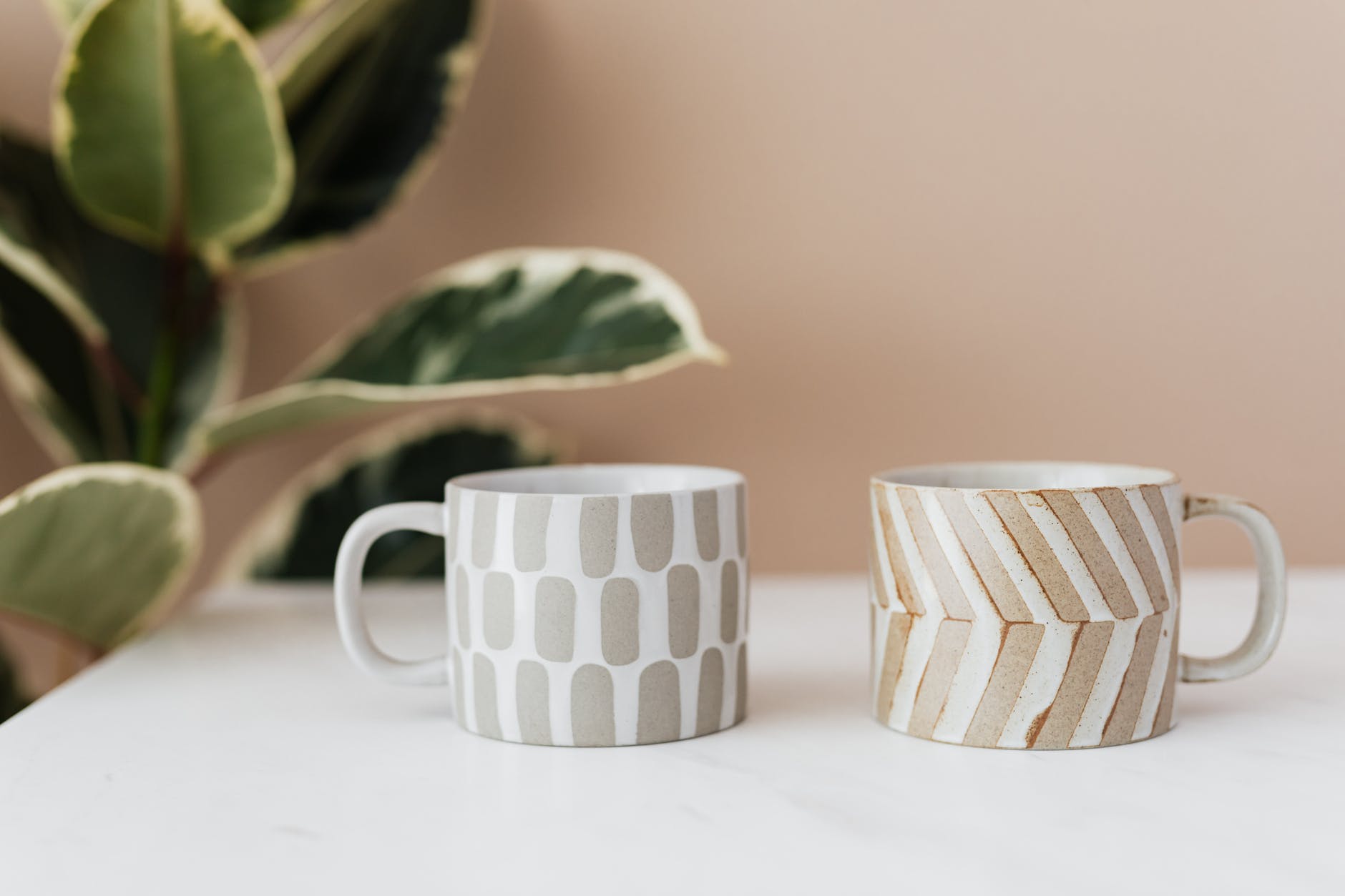CERAMICS are objects or products made of clay that has been heated to a very high temperature so that it becomes hard. Apart from clay, mud and cement can also be used to make ceramics.
Clay exists naturally in many parts of the world. When it is wet, it can easily be molded. A POTTER is a person who moulds with clay. POTTERY is the art of using clay to make various objects.
Identification of materials used in manufacturing ceramics:
- CLAY:
Clay must be prepared before it is used in pottery. The process involved in making clay objects are as follows:
- Moulding
- Firing
- Decoration
Some clay products are pots, flower vases, effigies and cooking utensils.
- CEMENT:
This is one of the ceramic materials for making concrete. It is regarded as ceramic because when mixed with water it can be made into different shapes and become very hard when dry. Some cement products are blocks, effigies and slate.
- GLASS:
This is made from sand, lime, soda and potash. It is not dug from the ground like clay and it can be shaped while soft and hardens on cooling. Some glass products are mirrors, bulbs, bottles, lenses and flask
Properties of Ceramics:
- They can break easily;
- They can withstand high temperature;
- Ceramics are less dense than most metals;
- They can be easily decorated;
- They are good electric insulators;
- They can withstand heavy compressive loads;
- They are not affected acids, water or oxygen.
Differences between ceramics and metals:
S/No | Ceramics | Metals |
1 | They are insulators. Electricity cannot pass through them. | They are good electricity conductors |
2 | They can break easily when dropped | They cannot break easily when dropped |
3 | When they are wet they can easily be moulded into various shapes and objects | Either when they are wet or dry they cannot be easily moulded into another shape |
4 | They can be mixed water to get soft | Water cannot soften them |
5 | They cannot be used for making bolts, nuts and screws | They can be used for making bolts, nuts and screws |
Class exercise:
- What are ceramics?
- What is pottery?
- Who is a potter?
- What are the three materials for making cement?
- What is clay?
- What is cement?
- What are glasses?
- What are 5 properties of ceramics?
- What are 4 differences between ceramics and metals?
Homework:
- What are plastics?
- What are the names of the two types of plastics?
- How can you describe the two types of plastics?
- What are the three methods of making plastics?
- What are 4 properties of plastics?
- What is rubber?

